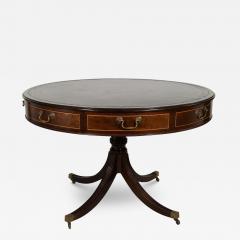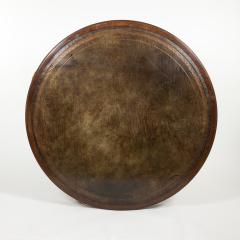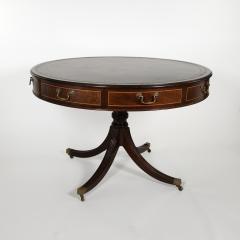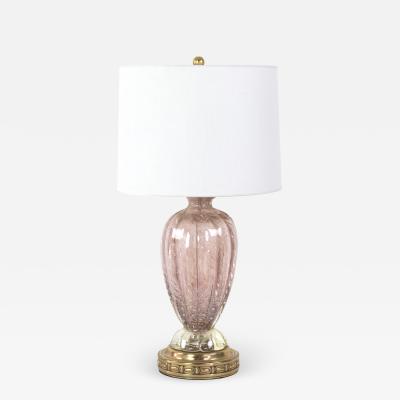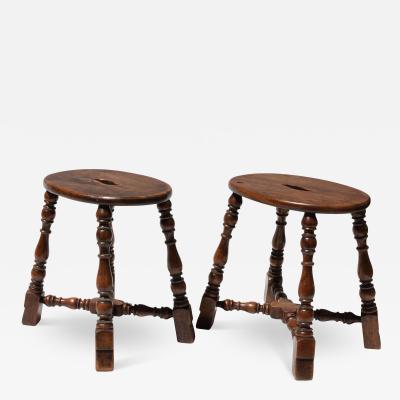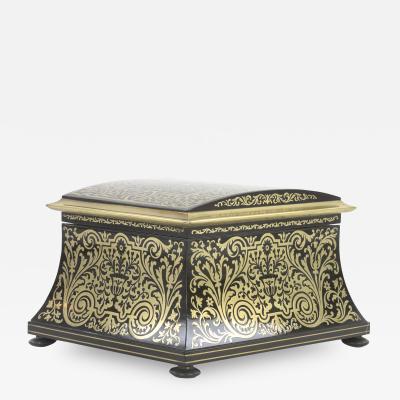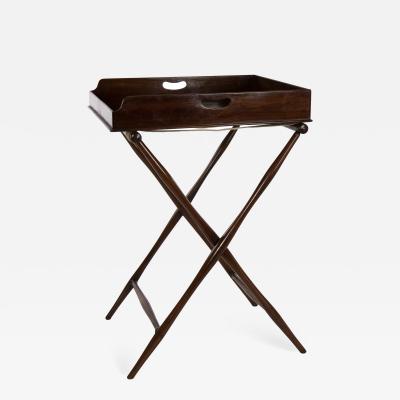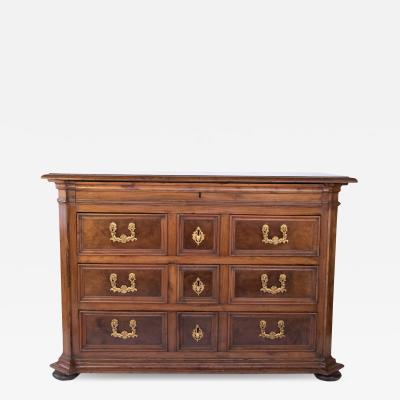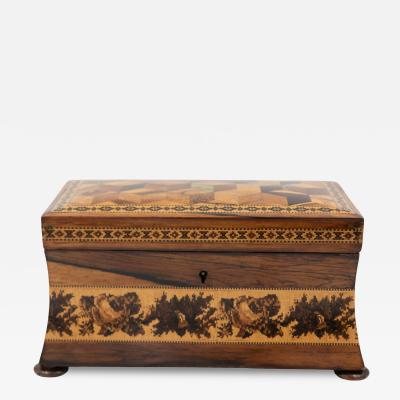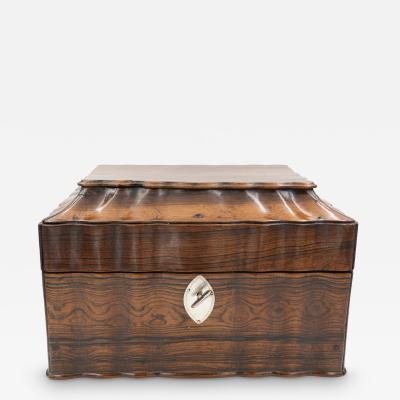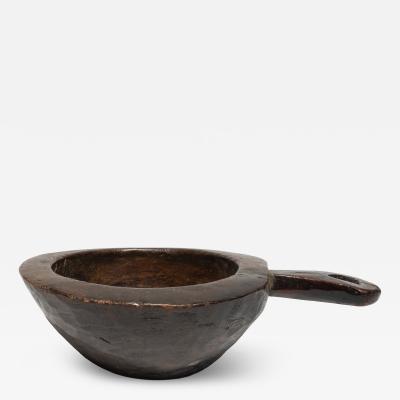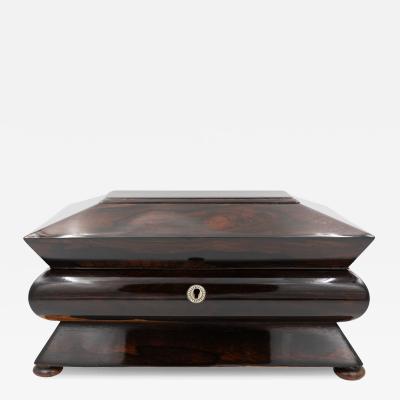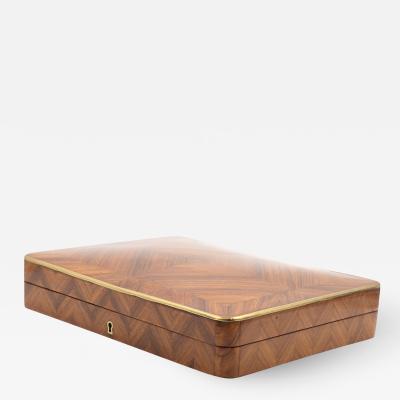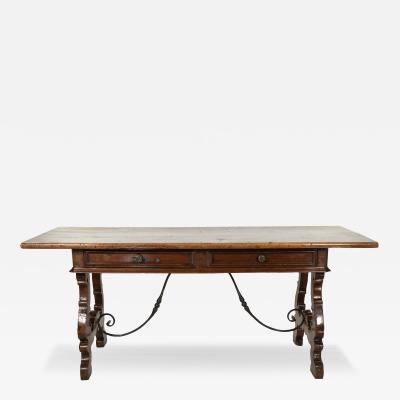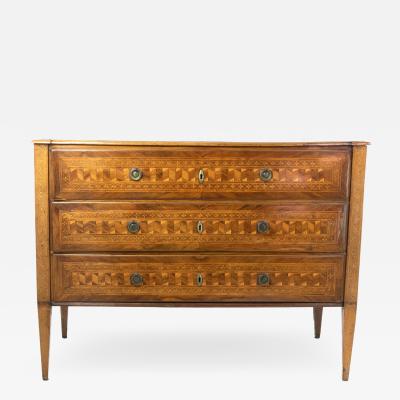An English mahogany drum table with embossed leather top, brass hardware, and satinwood inlay on the drawer fronts. The table rests on a turned, central column with four sweeping and dramatic saber legs, each detailed with reeding, terminating in brass caps and casters, offering mobility and a refined aesthetic. The leather surface is patinaed with brownish and green hues. English, circa 1900. 1
diameter: 48 in. (122 cm.)
height: 31 in. (79 cm.)
A drum table, often characterized by its round form and deep apron, emerged in the late 18th century and became popular during the Regency and Georgian periods. It typically features drawers encircling the apron, sometimes with false fronts, contributing to its squat appearance reminiscent of a musical drum. Historically, it was a multifunctional piece used as a center table, a writing table, or even a place for organizing books, owing to its large surface area. Some variations, such as rent tables, had labeled drawers for organizing rent collections, often inscribed with days of the week.
These tables were commonly placed in libraries or drawing rooms in grand homes, often as a centerpiece where one might sit and read, conduct correspondence, or hold discussions. The drum table was sometimes referred to as a “loo table” because it was used for playing a popular card game called “loo” during the 19th century. The versatile design makes this both a functional and decorative table.
See Drum table, Britannica
Hinchman, Mark. The Fairchild Books Dictionary of Interior Design. 3rd ed. New York: Fairchild Books, 2014. Amazon
Phipps, Frances. “Antiques; The Versatile Table.” The New York Times, October 30, 1983.
















